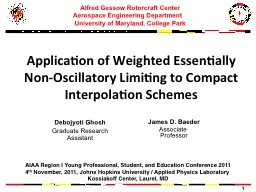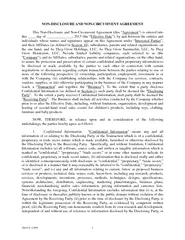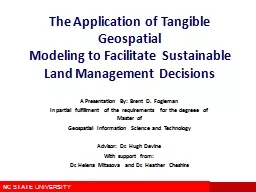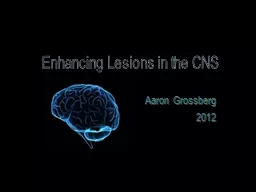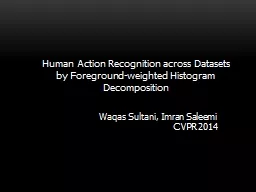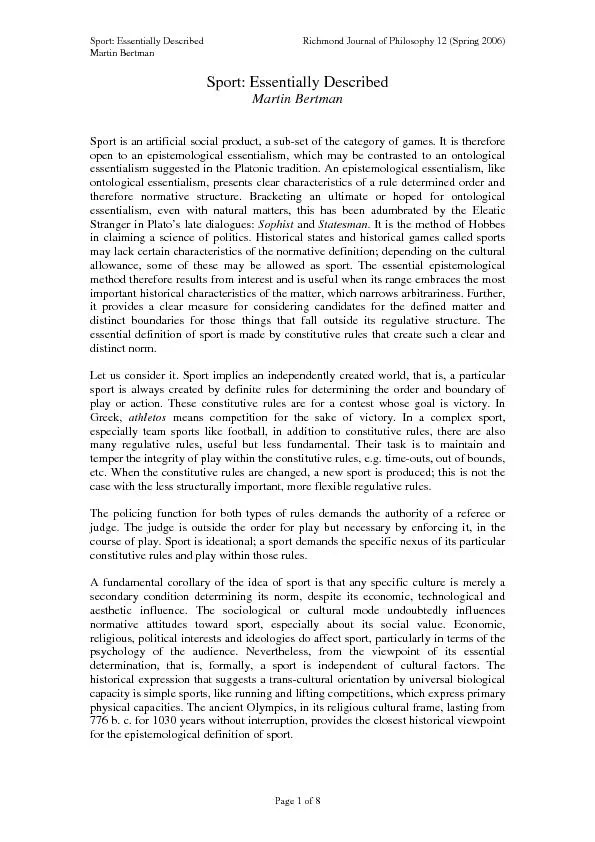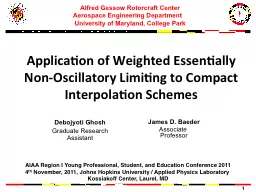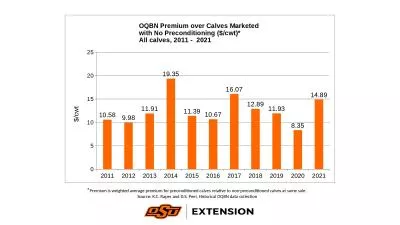PPT-Application of Weighted Essentially Non-Oscillatory Limitin
Author : liane-varnes | Published Date : 2016-09-20
Debojyoti Ghosh Graduate Research Assistant Alfred Gessow Rotorcraft Center Aerospace Engineering Department University of Maryland College Park AIAA Region I
Presentation Embed Code
Download Presentation
Download Presentation The PPT/PDF document "Application of Weighted Essentially Non-..." is the property of its rightful owner. Permission is granted to download and print the materials on this website for personal, non-commercial use only, and to display it on your personal computer provided you do not modify the materials and that you retain all copyright notices contained in the materials. By downloading content from our website, you accept the terms of this agreement.
Application of Weighted Essentially Non-Oscillatory Limitin: Transcript
Download Rules Of Document
"Application of Weighted Essentially Non-Oscillatory Limitin"The content belongs to its owner. You may download and print it for personal use, without modification, and keep all copyright notices. By downloading, you agree to these terms.
Related Documents

